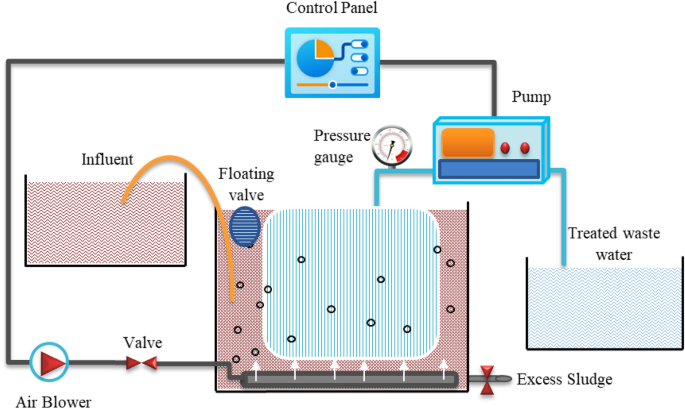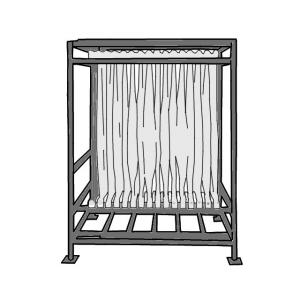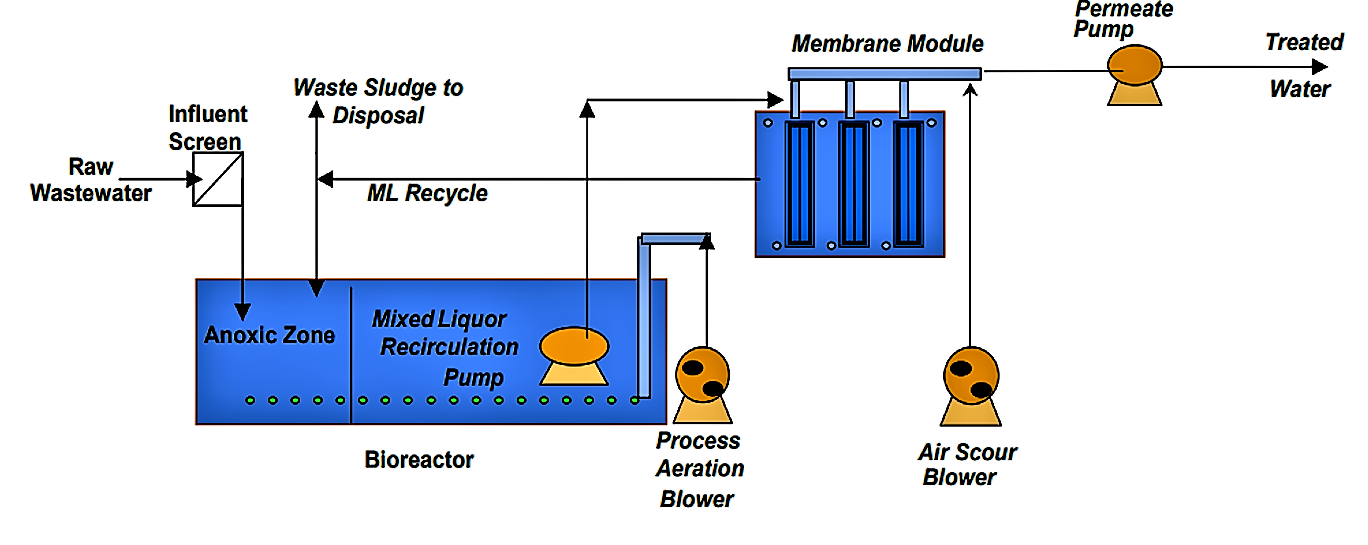Troubleshooting Common Issues with Membrane Bioreactor Systems
Troubleshooting Common Issues with Membrane Bioreactor Systems
Blog Article
Membrane Bioreactors Described: Efficient Solutions for Clean Water
Membrane layer bioreactors (MBRs) have actually become an advanced solution for dealing with journalism challenges of wastewater treatment. By incorporating organic procedures with advanced membrane layer filtering, MBRs not only enhance the quality of treated water yet also minimize the spatial needs of treatment facilities. As environmental worries intensify, the role of MBR innovation in advertising lasting water monitoring becomes progressively substantial. The complexities of their operation, advantages, and possible applications warrant a closer examination to completely comprehend their effect on the future of water therapy.

What Are Membrane Bioreactors?
Membrane layer bioreactors (MBRs) are advanced wastewater therapy systems that integrate biological deterioration processes with membrane layer filtering innovation. This integration enables the reliable removal of contaminants from water, making MBRs a favored choice in numerous applications, including local wastewater treatment and commercial effluent administration.

Among the important benefits of MBRs is their ability to create top quality effluent, typically suitable for reuse in watering or industrial procedures. Additionally, MBRs call for a smaller sized footprint compared to conventional therapy systems, making them optimal for city settings where room may be restricted.
Furthermore, MBRs can properly deal with differing influent loads and are much less at risk to the impacts of harmful shocks. These attributes add to their expanding popularity as a lasting solution for dealing with the increasing need for tidy water while minimizing ecological influences.
Exactly How Membrane Bioreactors Work
While the operation of membrane layer bioreactors (MBRs) may appear complex, it essentially rotates around the synergy in between organic procedures and membrane layer filtering. MBRs incorporate an organic therapy process, generally triggered sludge, with a membrane layer separation device to treat wastewater effectively.
In an MBR system, wastewater is initial introduced into a bioreactor where microbes break down natural issue and other pollutants. The organic task minimizes the focus of pollutants while promoting the growth of biomass. Following this biological treatment, the mixed liquor is subjected to membrane filtration, which can be microfiltration or ultrafiltration, depending upon the preferred effluent top quality.
The membranes serve as a physical barrier, allowing water and little solutes to pass while retaining suspended solids and bigger molecules. This allows the system to maintain a high focus of biomass within the activator, boosting the therapy performance.
In addition, the continual separation of treated water from the biomass facilitates a compact layout and lessens the footprint of the treatment facility. On the whole, the combination of organic destruction and membrane filtering in MBRs leads to efficient and trustworthy wastewater treatment, guaranteeing premium effluent suitable for numerous applications.
Benefits of MBR Innovation
One of the crucial advantages of membrane layer bioreactor (MBR) modern technology is its capability to produce high-grade effluent with a significantly reduced impact compared to standard wastewater therapy techniques. MBR systems effectively incorporate biological therapy and membrane filtration, leading to superior removal of impurities, consisting of put on hold solids, microorganisms, and organic issue. This capability brings about effluent that usually satisfies or exceeds rigorous regulative standards for reuse and discharge.
In addition, MBR technology enables higher biomass concentrations, which enhances the therapy efficiency and minimizes the called for activator quantity. This compact style is specifically helpful in urban areas where area is restricted. The functional flexibility of MBR systems likewise suggests they can adapt to varying influent high qualities and circulation prices, making them suitable for a wide variety of applications.
Furthermore, the minimized sludge manufacturing connected with MBR procedures adds to lower operational and maintenance costs. The membranes act as a physical barrier, lessening the risk of blocking and enabling longer operational periods between cleaning. Generally, the benefits of MBR modern technology make it an attractive option for lasting wastewater therapy, resolving both ecological issues and the requirement for effective resource monitoring.
Applications of Membrane Bioreactors
With their flexibility and effectiveness, membrane layer bioreactors (MBRs) find applications throughout numerous markets, consisting of community wastewater treatment, industrial processes, and even water improvement. In community settings, MBRs provide a small option for treating wastewater, efficiently eliminating impurities while simultaneously producing premium effluent that meets strict regulative requirements. This makes them especially appropriate for areas with restricted space.
In commercial applications, MBR innovation is used for pop over to this web-site dealing with process water, particularly in sectors such as food and beverage, pharmaceuticals, and petrochemicals. These industries profit from MBRs' capability to handle high natural tons and their performance in recouping useful sources from wastewater, such as nutrients and water.
Moreover, MBRs play an important function in water recovery campaigns, allowing the reuse of dealt with wastewater for irrigation, commercial procedures, or even as potable water after more treatment (Membrane Bioreactor). Their performance in removing pathogens and toxins makes them a reliable selection for guaranteeing water top quality in various reuse applications
Future of Water Therapy Solutions
The future of water treatment services is positioned for transformative developments driven by technological advancement and increasing ecological understanding. As international water scarcity comes to be a pushing issue, new techniques, consisting of membrane layer bioreactor (MBR) systems, are readied to play a crucial role in boosting the effectiveness and sustainability of water treatment processes.
Arising technologies such as expert system and device understanding are anticipated to enhance therapy procedures, allowing for real-time tracking and anticipating maintenance. This will improve the general reliability and performance of water treatment centers. In addition, developments in membrane layer products, such as graphene and nanofiltration, assure to increase permeation rates and lower fouling, resulting in lower energy usage and functional prices.
Furthermore, the integration of renewable resource sources right into water treatment plants will add to greener techniques. The circular economic climate version will additionally get traction, motivating the healing of important sources from wastewater, such as nutrients and power.
Final Thought

Membrane bioreactors (MBRs) have arised as an innovative remedy for dealing with the pushing obstacles of wastewater treatment. By integrating organic processes with innovative membrane layer filtration, MBRs not only boost the top quality of treated water but likewise decrease the spatial needs of therapy centers.One of the try this site crucial benefits of membrane layer bioreactor (MBR) technology is its capability to create premium effluent with a dramatically reduced why not try this out impact contrasted to conventional wastewater treatment methods.With their versatility and performance, membrane layer bioreactors (MBRs) locate applications throughout numerous markets, consisting of community wastewater therapy, commercial procedures, and even water improvement.In final thought, membrane layer bioreactors stand for a significant development in wastewater treatment innovation, integrating organic procedures with efficient membrane layer purification to produce premium effluent.
Report this page